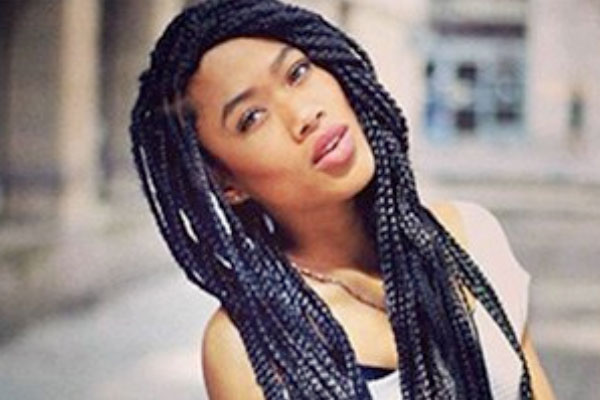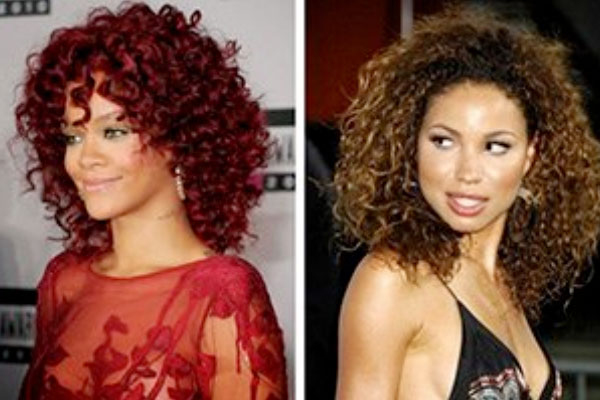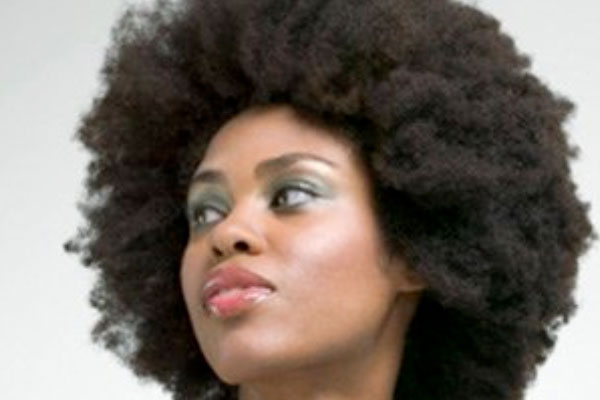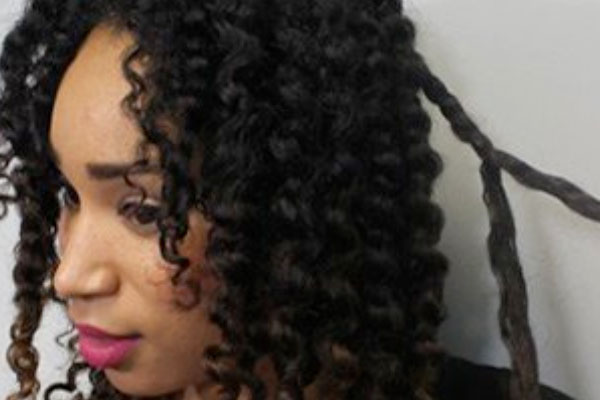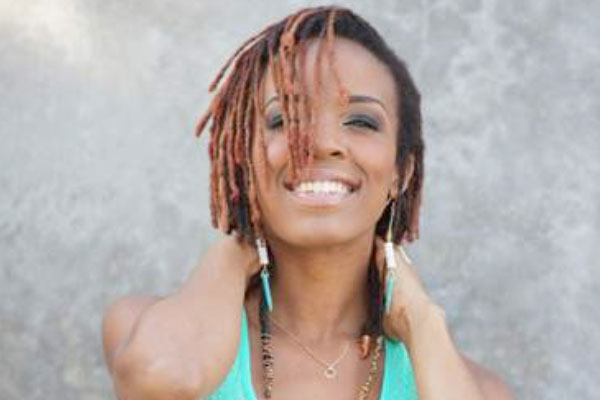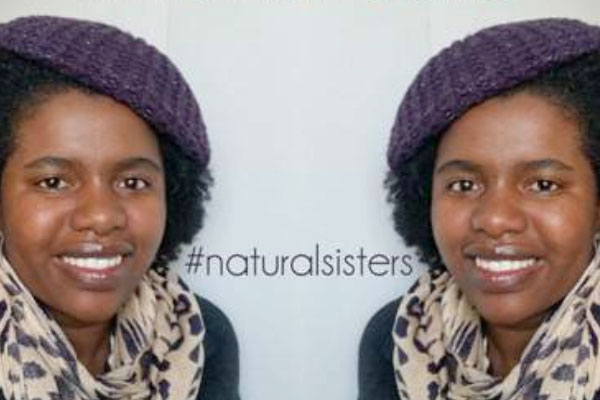Category: Featured Bloggers

How To Grow Afro Textured Hair Long and Strong
Did you know that kinky, coily and highly curly hair grows an average of 1.27cm per month? That’s an average of 15 cm a year of growth! So how do you grow kinky, coiled and curly hair long and strong?
Read More
Moisturizing Natural Hair
Moisturizing is an absolutely no-miss part of maintaining healthy afro textured hair. The main reason for this is the structure of the hair shaft. Unlike Caucasian hair (see chart below) which is generally straighter, sebum isn’t able to travel from our scalp (where it’s produced) down the individual shaft as easily on its own.
Read More
Tips For Healthy Hair
Our hair is a huge part of who we are. We make a statement through how we wear it even if this might not be the intention. Whether we have a standing theme going on or whether we change it with season, there is always more to it than just its length, shape, texture and colour.
Read More
Winter Hairstyles
As the bitter cold and dry winter sweeps this part of the world, it’s all about protecting your strands against excessive dryness. Protecting the ends and ensuring your hair stays hydrated, retaining as much moisture as possible, when you choose a hairstyle.
Read More
Split Ends
I complained about split ends in my last post so I decided to do a bit of research about what causes them and how I could minimise or possibly eliminate them.
Read More
Helpful tips for your baby locks
First, congratulations on taking the journey to dreadlock your hair! It’s such an exciting journey that will hopefully be a long and beautiful one. Unfortunately, the journey doesn’t start off all happy and beautiful. It takes quite of bit of patience and know-how in order to keep at the process. Here are a few of […]
Read More
My winter routine: 2015
Hey folks. So winter is fast approaching this side of the world and as much as I was born in winter, I do not like winter at all. And my hair does not like it as well and as the days become shorter and the nights longer and colder, I know I have to brace […]
Read More

